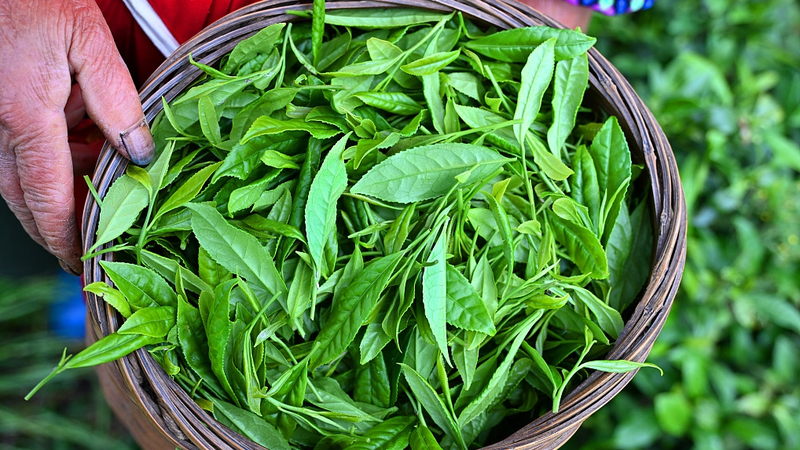Spring’s Flavor Challenge
Every year, tea lovers wait eagerly for the first flush of spring leaves. Early-spring shoots pack a sweet punch of theanine—an amino acid that balances catechins and caffeine, delivering that signature calm buzz. But by late spring, theanine levels plunge, and green tea loses its fresh edge.
Decoding Theanine’s Journey
A research team led by Professor Zhang Zhaoliang of Anhui Agricultural University in the Chinese mainland has mapped how tea plants metabolize theanine during their rapid growth phase. The breakthrough, published in The Plant Cell, reveals two key players: a transporter called CsTHS1 and an enzyme named CsGGT2.
Here’s the inside story: CsTHS1 shuttles theanine from the cell’s cytoplasm into mitochondria, where CsGGT2 breaks it down to fuel new shoot development. As daily temperatures climb in late spring, both proteins ramp up activity, accelerating theanine degradation and dulling tea flavor.
Brewing Better Late-Spring Teas
Armed with these molecular insights, the team sees a path to smarter cultivation. “We can use gene editing for precision breeding or deploy targeted shading and nutrient treatments to lock in theanine levels,” Zhang explains.
Global Impact
For entrepreneurs and tech enthusiasts, the study opens doors to new agritech solutions—think smart greenhouses and data-driven fertilization. Thought leaders in sustainability will note the potential for lower chemical inputs and more efficient land use. And for tea fans worldwide, it promises a richer cup, even at the tail end of spring.
As the world’s appetite for specialty teas grows, these findings highlight how plant biology and precision farming can blend tradition with innovation—keeping your cuppa delicious, one leaf at a time.
Reference(s):
Scientists unlock secret to preserving freshness in late-spring tea
cgtn.com




